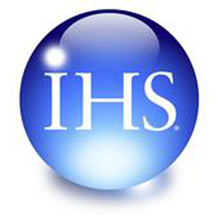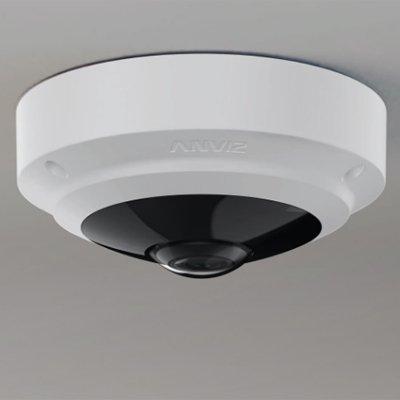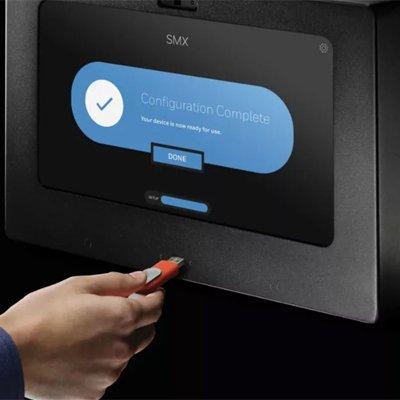 |
| The high unit growth is being caused by steep declines in average selling price, according to a new report from IHS Inc. |
The uncooled thermal security camera market is forecast see high unit shipment growth of 25% over the next 5 years, close to twice the rate of the CCTV and video surveillance market. This high unit growth is being caused by steep declines in average selling prices which means thermal cameras are more appealing to the commercial security sector, according to a new report from IHS Inc., a leading global source of critical information and insight.
Un-cooled thermal cameras lend themselves well to the commercial security market. They are able to see in complete darkness, cover wide areas, are not affected by bad weather conditions, or altering light conditions, and are well suited to video analytics. Despite this, in previous years, un-cooled thermal cameras were considered to be too expensive and saw limited impact within the commercial security market. However, this new report from IHS, identifies that some companies have reported price drops in excess of 20% in recent years, and that this continued price decline is expected to make these products more inviting to the commercial security market.
“Two major reasons for the price decline that the industry is currently experiencing. These are increased competition, and new technology developments,” commented Oliver Philippou, report author and market analyst for video surveillance at IHS.
IHS also expects increased competition from new manufacturers entering the thermal market to impact prices. Traditional visible light camera manufacturers are expected to have new and renewed interest in the un-cooled thermal camera market within the next 18 to 24 months. This will allow these manufacturers to offer total video surveillance solutions on large scale projects.
Some companies are expanding their product range, and have begun to offer lower priced entry-level products. These entry level products would have lower specifications than some current products and are expected to be used to target new end-user markets, that are not currently being serviced by thermal cameras.
As operations in Iraq and Afghanistan reduced and exit strategies were put in place by the various allied forces, government funding for un-cooled thermal cameras for military applications has slowed, leaving manufacturing capacity in excess of military market demand. This has caused companies such as DRS Technologies and MOOG, that have strong military connections, to offer much less expensive thermal cameras to the commercial security market. This has thrown a new dynamic on the pricing structure of the thermal market.
Philippou continues, “However, the high price decline will mean that revenue growth will be limited for the next couple of years growing, before experiencing increasingly higher growth over this reports forecast period to 2017.”














SteelBase_technical_furniture-140x70.jpg)



